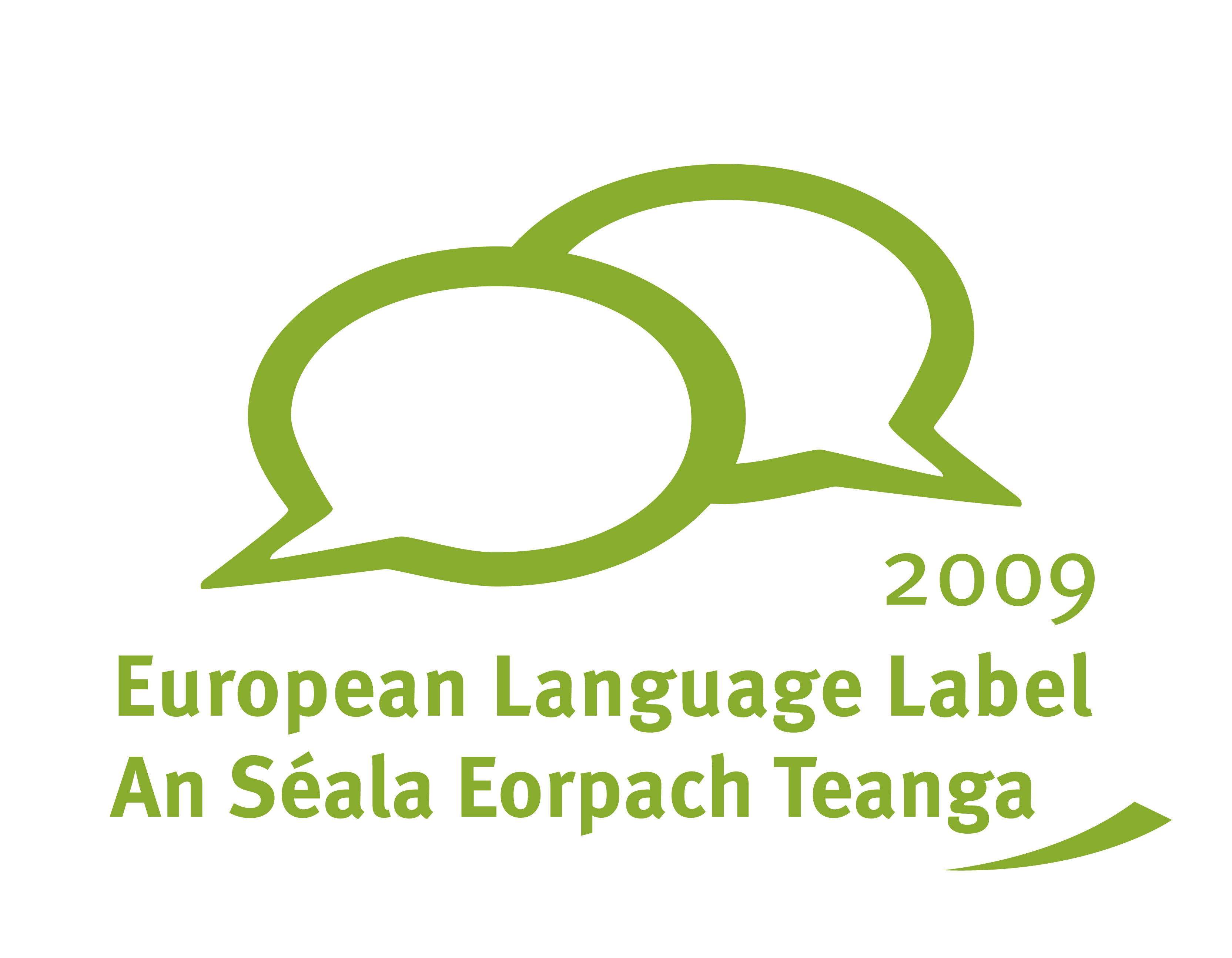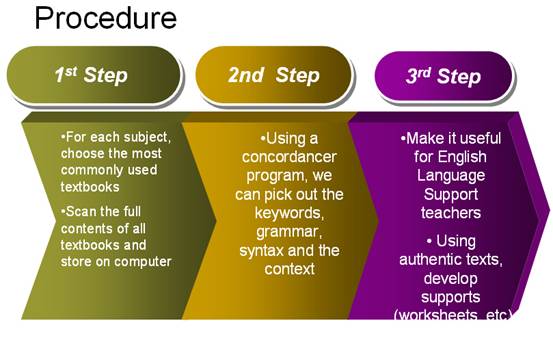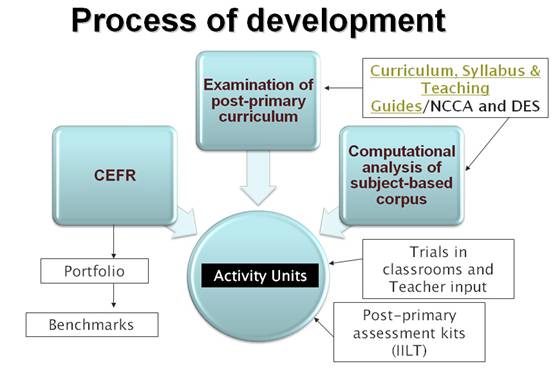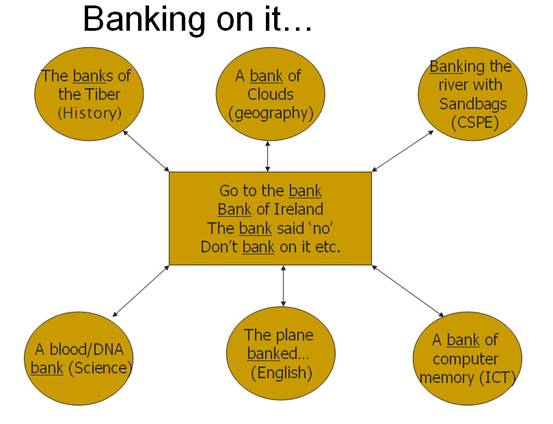 |
| English Language Support Programme » Background to the Project |
Developing the Language Support Activity UnitsServing, as it does, as a link between the early learning of primary schools and the more elaborated learning structures of third and fourth level education, post-primary education is a crucial stage in a child’s educational development (Ofsted, 2005) and requires a wider range of “more developed language skills than those of primary [education]” (Nowlan, 2007: 7). The concept of successfully integrating ESL learners into the mainstream post-primary curriculum is multi-dimensional, involving the successful integration of linguistic, educational and social practices. Within the post-primary context, the successful teaching of curricular lexis derived from subject textbooks and examination papers plays an important role in this integration as it informs the language of instruction and language of communication within the classroom. Our starting point was informed by a number of considerations:
We, at the English Language Support Programme recognise through our close work with both language support teachers and mainstream subject teachers that teachers need to become skilful in analysing the language demands of the content they are teaching, and be aware that these demands are not simply to do with an understanding of vocabulary, sentence structures or text types, which all children will need to become familiar with, but also how language is related to the context in which it is being used, the purposes it is used for and the ways in which it is constructed in different situations which are taken for granted by native speakers. Equally, we are conscious that the goal of a successful post-primary ESL approach is to provide newcomer students with equitable opportunities to achieve designated learning outcomes across the curriculum and enable them to develop skills in which they can manage their own lexical learning (Harwood 2005, Sanaoui 1995). We adopted a corpus linguistics approach to informing the materials we wanted to put into teachers’ hands. The procedure is summarised in the graphic below:
The full process of development is summarised in the graphic below: We believe that our work with the Junior Certificate corpora will assist teachers by:
References: NCCA. (2005). Intercultural Education in the Primary School. Enabling students to respect and celebrate diversity, to promote equality and to challenge unfair discrimination. Dublin: NCCA.
|

|
||||||||
|
|||||||||



